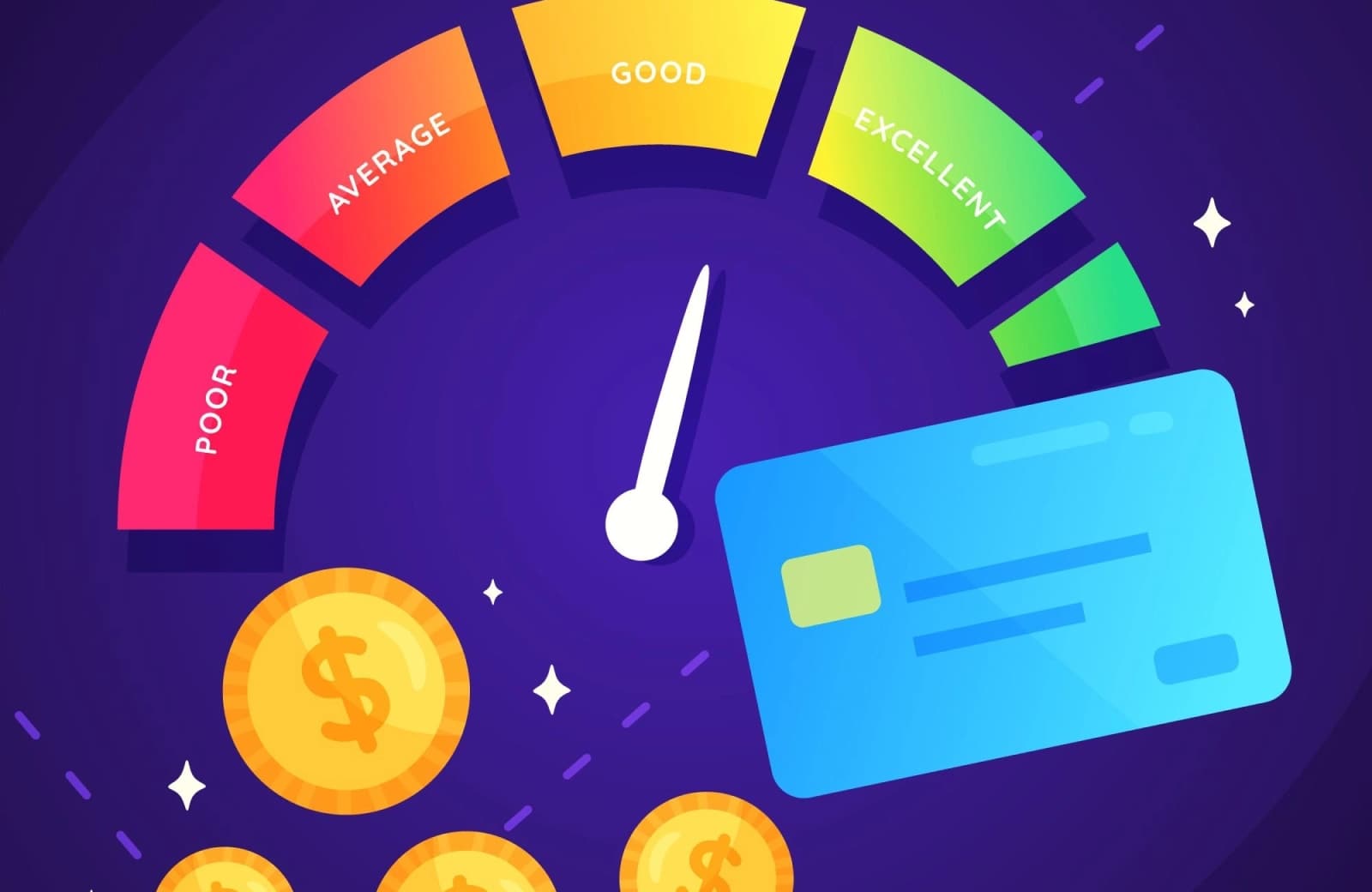Credit scores are an important part of modern life. They determine whether or not you can get a loan, rent an apartment, or even get a job. But how are credit scores categorized, and what do the different levels mean? In this article, we'll break down the credit score range and help you understand the different levels of credit ratings.
What is a credit score?
A credit score is a numerical representation of your creditworthiness. It's a measure of how likely you are to pay back a loan or credit card balance on time. Credit scores range from 300 to 850, with higher scores indicating better creditworthiness.
Credit scores are calculated based on a number of factors, including your payment history, credit utilization, length of credit history, types of credit used, and recent credit inquiries. Each factor is weighted differently, with payment history being the most important.
What are the different levels of credit ratings?
Credit scores can be categorized into different levels, each with its own meaning. Here are the different credit score ranges and what they generally indicate:
Poor credit (300-579): A credit score in this range indicates that you have a high risk of defaulting on loans or credit card payments. It may be difficult to be approved for credit, and if you are, you will likely face high interest rates and fees.
Fair credit (580-669): A credit score in this range indicates that you are a higher risk borrower. While you may be approved for credit, you will likely face higher interest rates and less favorable terms.
Good credit (670-739): A credit score in this range indicates that you are a lower risk borrower. You are likely to be approved for credit and may qualify for lower interest rates and better terms.
Very good credit (740-799): A credit score in this range indicates that you are a very low risk borrower. You are likely to be approved for credit and may qualify for the best interest rates and terms.
Excellent credit (800-850): A credit score in this range indicates that you are an exceptional borrower with an outstanding credit history. You are likely to be approved for credit and may qualify for the very best interest rates and terms.
How to improve your credit rating
If you have a low credit score, there are steps you can take to improve it. The most important thing is to make all of your payments on time and keep your credit utilization low.
You can also improve your credit score by paying down debt, keeping old credit accounts open, and avoiding opening too many new accounts at once. It's also important to check your credit report regularly to make sure there are no errors or fraudulent accounts on your report.
Understanding the different levels of credit ratings is an important part of managing your finances. By knowing where you stand on the credit score range and taking steps to improve your credit rating, you can open up new opportunities for yourself in the future. Remember to check your credit score regularly and take action if you notice any errors or fraudulent accounts on your report. With a little effort, you can improve your creditworthiness and achieve your financial goals.




















